‘My water bottle has leaked in my bag!’ The 11-year-old girl was distraught. It was her first week at secondary school. Her neatly titled exercise books – hitherto in pristine condition – were dripping wet; was she in trouble? What would become of her?
That happened in my wife’s class. She is also a teacher and has seen most things in her career. Flooded bags are a regular mishap. Usually, upset children are easily calmed when their teacher takes charge to put things right. But September 2020 has been a very different experience in schools. Socially distanced from the class, Stephanie was unable to offer any more than verbal instructions to her young pupil. Twenty minutes later the poor girl was still wiping out her bag.
That is just one vignette from the Covid-secure classroom. We may be back in school, but we are teaching with our hands tied behind our backs.
At least the children can see our faces. Masks are not mandated in classrooms – yet – though many schools require them in corridors. So much of what we took for granted – the quizzical looks on pupils’ faces, the encouraging smiles, normal interactions between human beings on their way from one lesson to another – are now obscured behind pieces of cloth. We are coping for now, but the cumulative impact on our mental health cannot be understated.
The change hits us every morning as soon as we come through the door. The first interaction of the day is the machine that measures our temperature. Come forward to be measured, the disembodied voice insists. She sounds like the voice from Logan’s Run and, like the inhabitants of that dystopian future, I do as I am told. Dutifully I get into position. A red dot flashes on my forehead and – every morning so far – I have been declared fit for work.
But it is not work as we knew it. Everything has changed, even the educational jargon that permeates the school. Year groups are now ‘bubbled’ in different zones within the school, while teachers are itinerant. Up and down stairs I go between lessons, leaving one class and hurrying to another bubble to teach the next. I cart all my resources with me, and pray that any equipment I had left strategically at my destination is still there and still working. Anything I’ve forgotten I will have to do without. While I could maybe still send a pupil on an errand to collect it, they could not hand it to me without the risk of cross contamination.
Physically it is hard; emotionally it is perhaps even harder. I have closer contact with the thermometer machine than I do with any of my colleagues. Conversations in corridors are now muffled behind masks. But with one-way systems in place, and a capacity limit of 14 in the staff room, we see much less of each other in any case.
But this is not principally about teachers. We are professionals and we will make this work. These are strange times, but we expect that they will pass.
Not so for children, for whom every year is different. Water bottle girl and her classmates started secondary school only once. They will never now experience the settling routines of any of their predecessors. Further up the school, Year 11 and Year 13 students are embarking on their one and only opportunity to prepare for the GCSE and A-Level exams that will determine their futures.
Their teachers may be in the room, but they are not alongside them. We stay within our respective zones, marked out with yellow-and-black tape, and separated by an exclusion zone. The child who is stuck on their work needs to decide between staying stuck or asking for help across the divide, as the rest of the class listens in. Those gentle words of encouragement between teacher and pupil – moments that can be potentially life changing – are neither quiet nor very personal when projected from one side of the room to the other.
But relationships between teachers and children are maintained to a degree. Not so the interactions between year groups who are kept apart in time and space. Bubbles are isolated from each other with military precision so that children do not mix. Between lessons they stay in their zones, separated by partitions, with profound implications on extra-curricular activities. Gone even are the lunchtime conversations around tables because – like every classroom in the school – children now must sit in rows to reduce the risk of transmitting the virus.
Ventilation – we are told – is crucial so windows must be left wide open. Winter will be interesting – perhaps not in a good way – but so far room temperatures have held up. September though is wasp season and when they fly into the room they ignore all social distancing rules, and divert everyone’s attention in the process. Imprisoned within the zone at the front of the classroom, teachers are also prevented from going on the customary wasp hunt: an activity that was probably overlooked in any of the guidelines produced by government for schools to follow.
Schools are working as best we can, but teachers and – I suspect – children are already worn out. We cannot go on like this indefinitely. The physical impact is huge but, in the long run, the impact on their mental health may be even greater as they are kept at arm’s length – a two-metre arm to be precise – from the adults who care for them. We are social beings and social isolation has consequences.
My biggest concern is the lack of any exit strategy. While the world hopes for a vaccine, none of the four already familiar coronaviruses that cause common colds have succumbed to a vaccine. While SARS-CoV-2 may be different, children deserve better than promises that may never be delivered.
It is true that previous generations of young people have suffered. In wartime, conscripts gave up their lives to protect liberty. In a perverse twist, children today are supposedly giving up their liberty to protect lives but – and this is important – not theirlives. The irony, of course, being that children who catch Covid-19 tend to suffer only mild symptoms and face an infection fatality ratio close to zero.
Chicken pox – another nasty disease – also has a rising fatality rate. It increases from 0.003 per cent of cases in the under 5s, to 0.7 per cent in the over 65s. However, chicken pox is familiar and, as such, children have been subjected to chicken pox play dates for generations. Covid-19 is new, but maybe the same approach would be more appropriate at least for the young. Even for me as a teacher, my chances at 52 are still much better than they will be when I am 72.
Maybe, if this isn’t going away then it’s better for us to catch it now and presumably develop a degree of immunity than wait another 20 years when we will be older and more vulnerable. But that is matter for debate. What is clear is that children – who in the main seem to suffer few symptoms – are suffering the brunt of the restrictions. If we are to protect them and their mental health, then maybe adults need to stop trying to run away from Covid-19 and learn to live with it.
Got something to add? Join the discussion and comment below.
Get 10 issues for just $10
Subscribe to The Spectator Australia today for the next 10 magazine issues, plus full online access, for just $10.

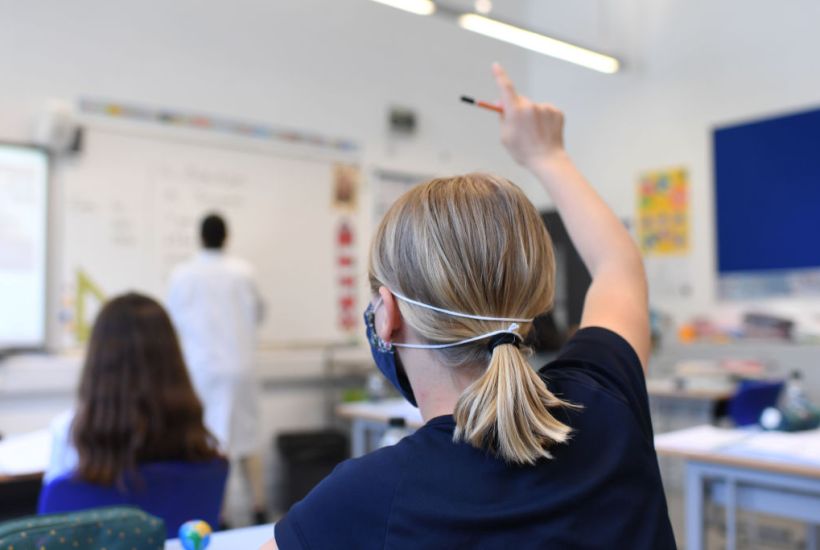
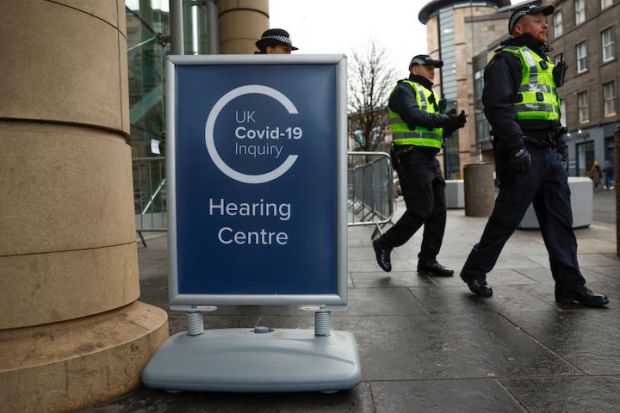
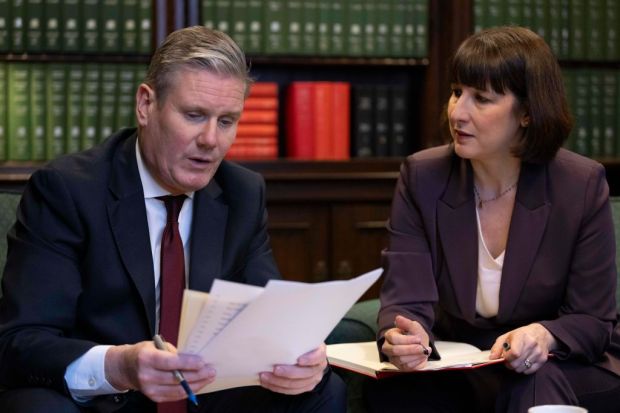
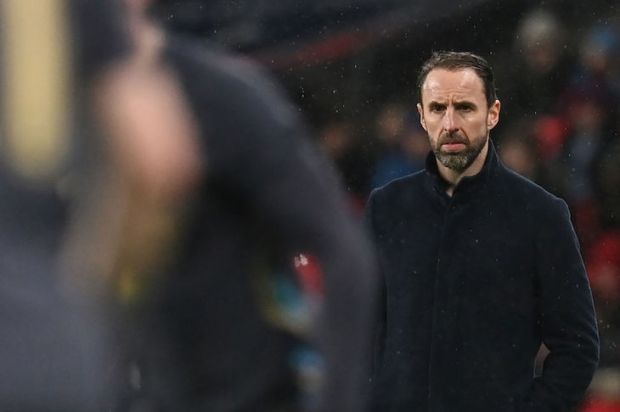
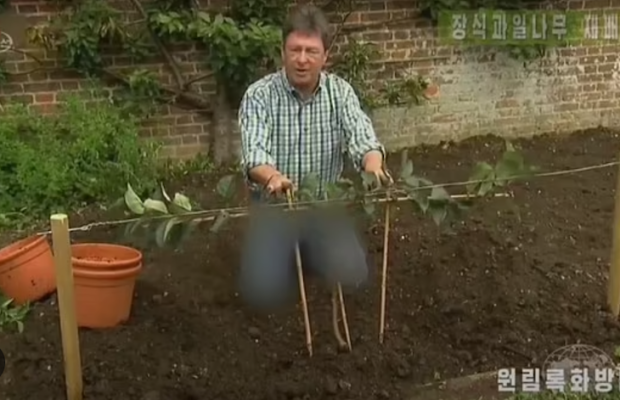

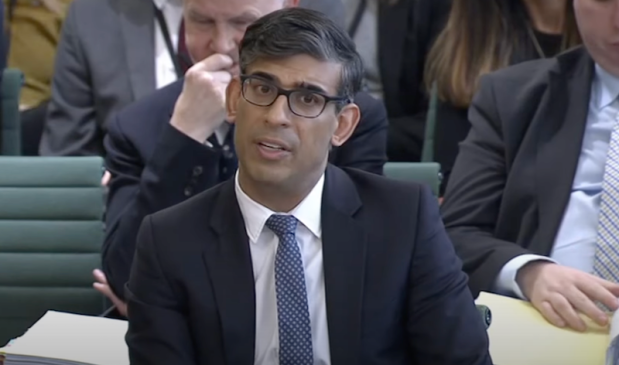












Comments
Don't miss out
Join the conversation with other Spectator Australia readers. Subscribe to leave a comment.
SUBSCRIBEAlready a subscriber? Log in